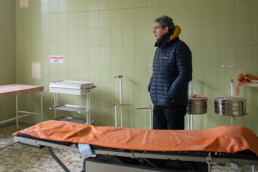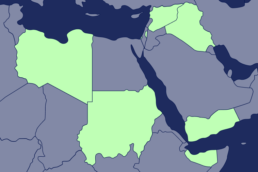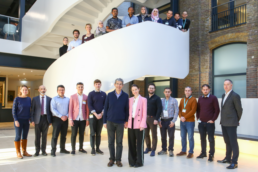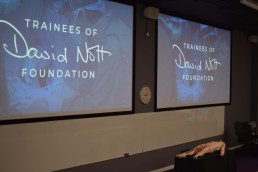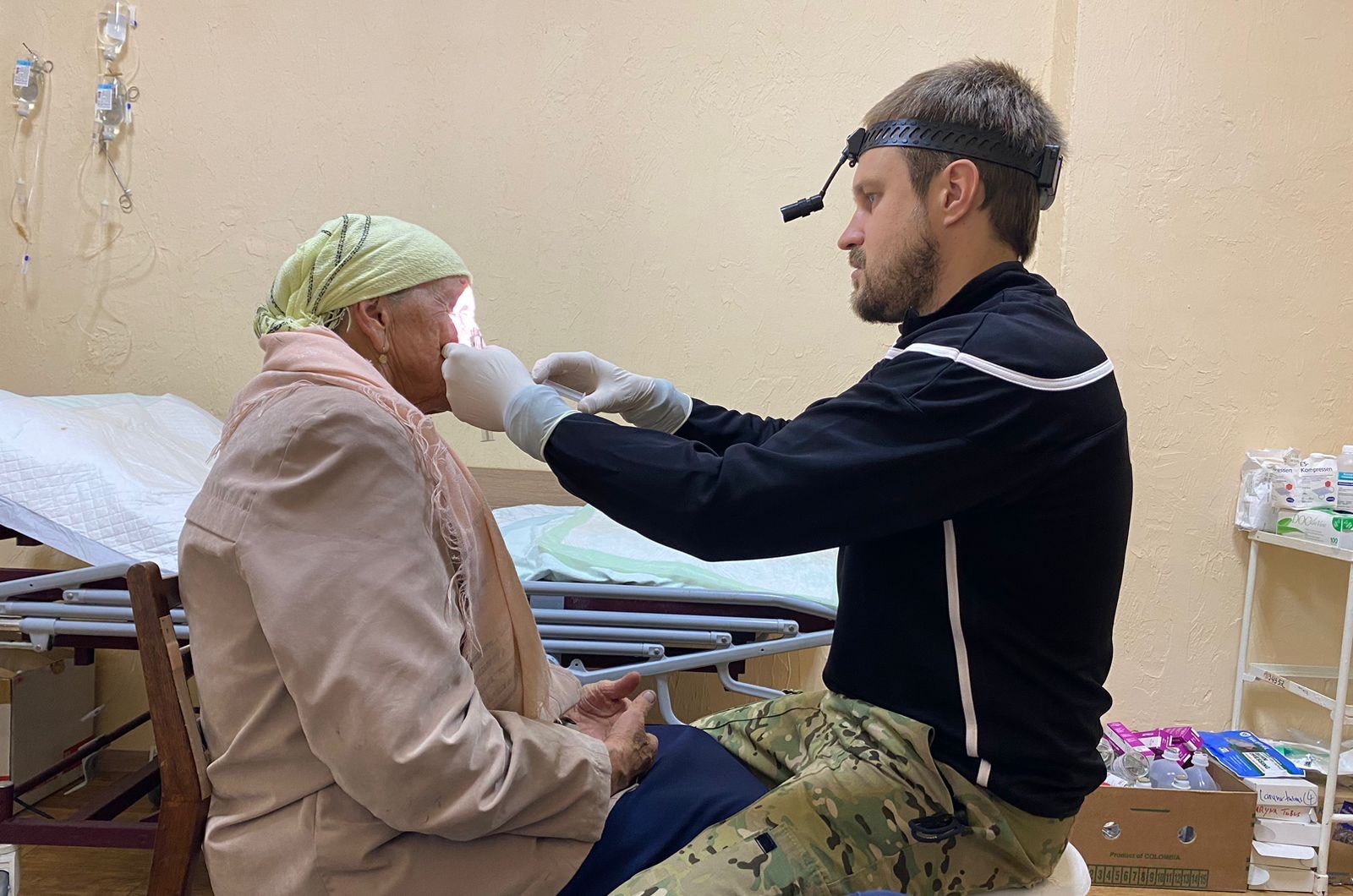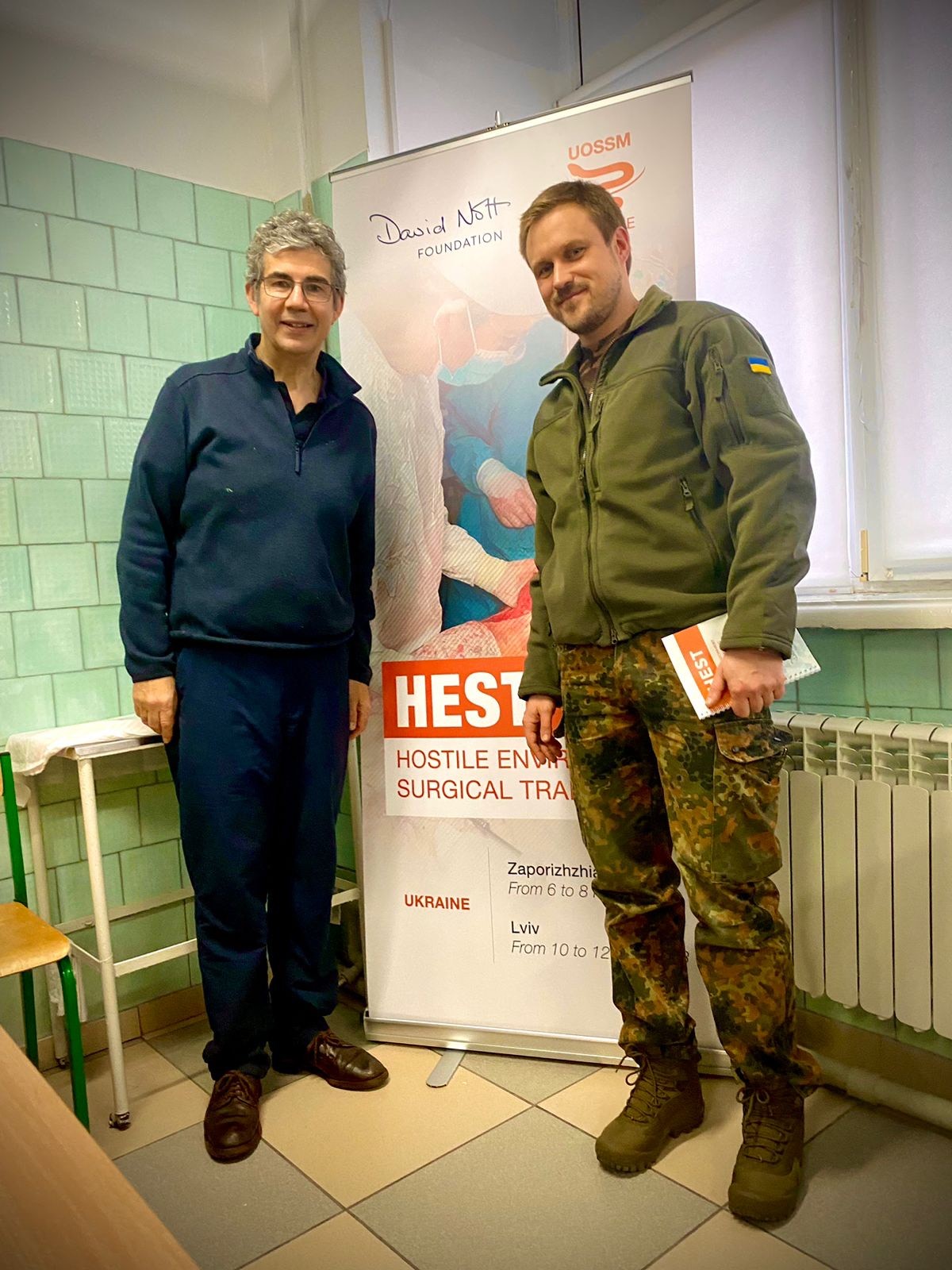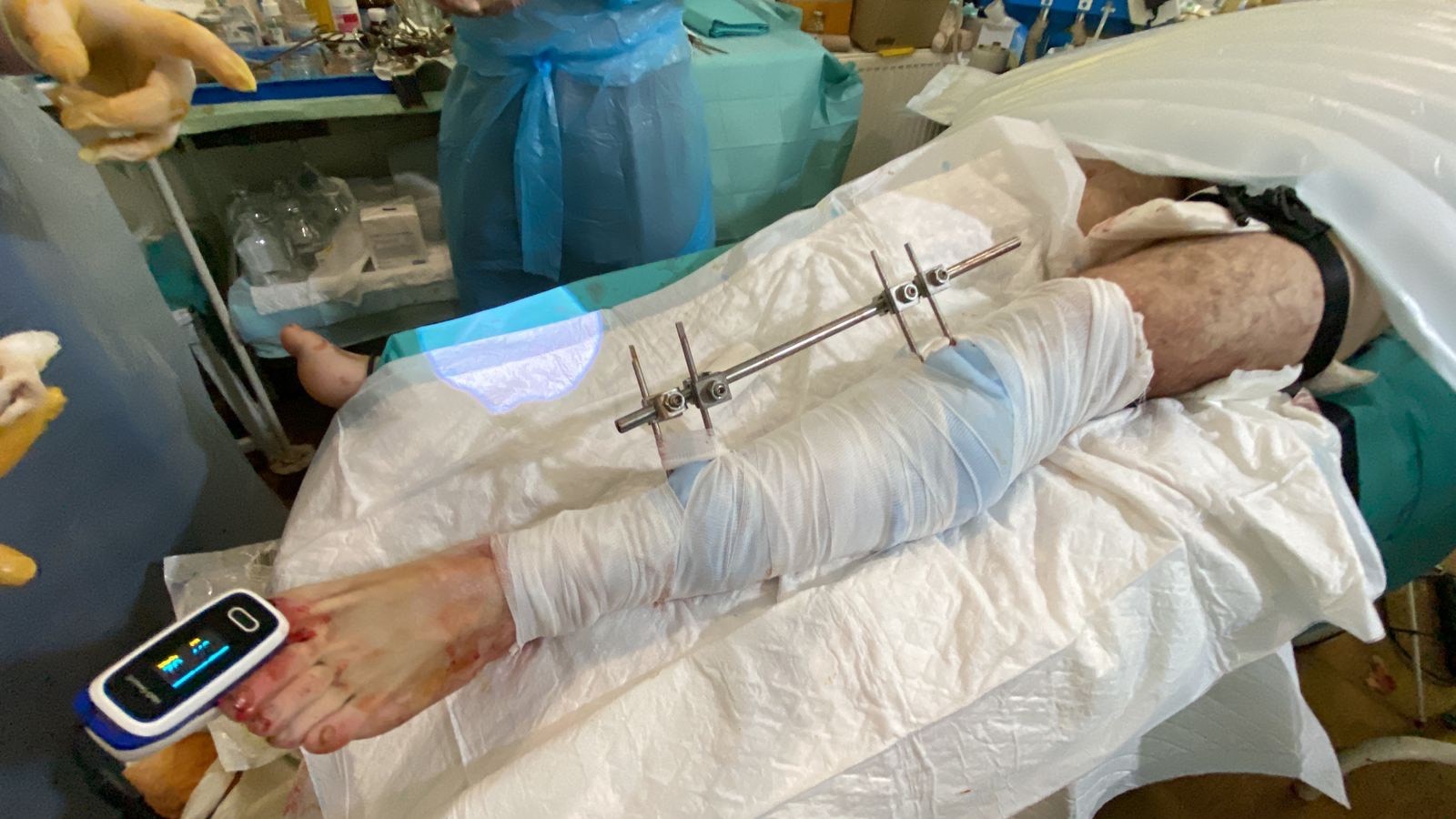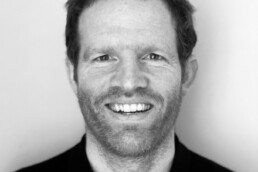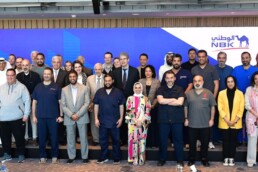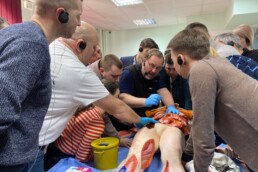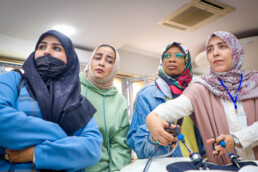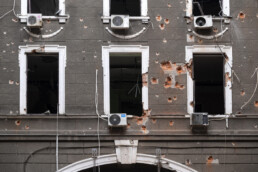Share this story
Read more
Welcoming our new CEO
Having founded the charity in 2015 and led it as CEO for nine years,…
“If this training can work in Gaza, it can work anywhere else.”
Dr Israar Ul-Haq joined our HEST-UK (Hostile Environment Surgical…
The anaesthetist in a war zone
It takes a team to save a life in a war zone. Recognising the vital…
Preparing 36 Kuwaiti doctors for surgery in Gaza
With support from the Foreign Common Development Office (FCDO) and…
Teaching 86 war doctors in Vinnytsia, Ukraine
86 more Ukrainian doctors are now armed with trauma surgery skills…
Our new Betty Boothroyd Scholarship Fund
We are delighted to announce the launch of our new Scholarship Fund…
103 surgical life savers in Tripoli, Libya
We’re back from a week in the Libyan city of Tripoli after completing…
Two years of war and two years of attacks on healthcare
Two years have passed since Russia's invasion of Ukraine and the…
Our second mission for Palestine’s medical workforce
In the ongoing Israel-Gaza conflict, tens of thousands have lost…
